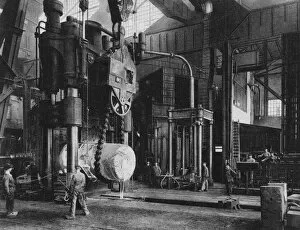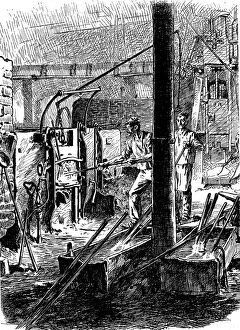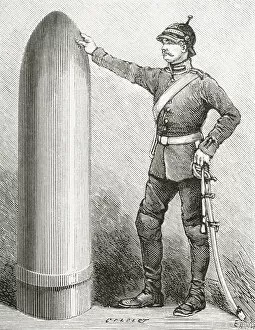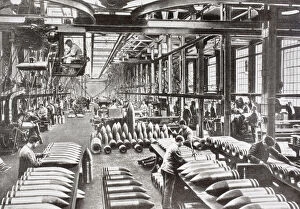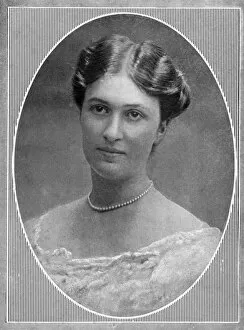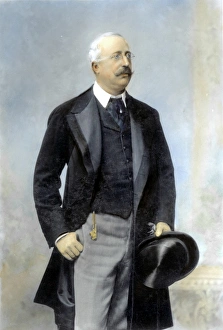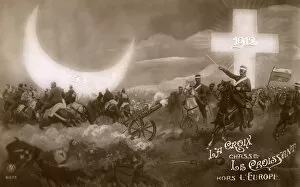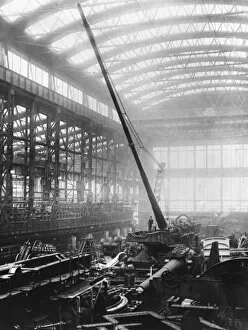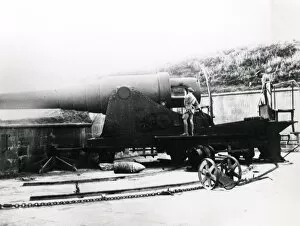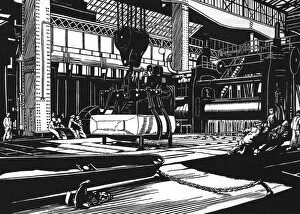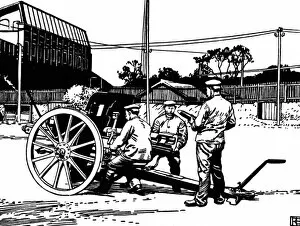Krupp Collection (page 2)
"Krupp: A Legacy of Power and Innovation in the First World War" Step into history with Krupp, a name synonymous with power and innovation during the First World War
All Professionally Made to Order for Quick Shipping
"Krupp: A Legacy of Power and Innovation in the First World War" Step into history with Krupp, a name synonymous with power and innovation during the First World War. Pictured here is the EyeUbiquitous_20122152, a German Railway gun captured at the Battle of Amiens. This colossal weapon, known as Big Bertha M42, struck fear into the hearts of its enemies. Recruitment posters featuring silhouettes urged brave men to join the war effort. The might of Germany's military machine was fueled by Krupp's expertise in manufacturing weapons like these German guns made by Krupp themselves. But Krupp's influence extended beyond warfare. Take a glimpse at RMS Olympic from White Star Line on this postcard; it showcases their collaboration with Krupp through its crane. The New Krupp Munitions Factory in Essen, Germany stands as a testament to their industrial prowess. Alfred Krupp, depicted in Harper 1885 portrait, was instrumental in shaping his family business into an empire that would revolutionize steel production worldwide. Meanwhile, Bertha Krupp's graph from 1916 highlights her significant role within this influential dynasty. Friedrich Alfred (1854 - 1902), another key figure within the company’s history, propelled German steel to new heights under his leadership. His vision and dedication laid the foundation for future advancements that would shape industries across nations. Join us on this journey through time as we explore how one name became synonymous with power and innovation – KRUPP – forever etched in history books as an emblem of strength during tumultuous times.







